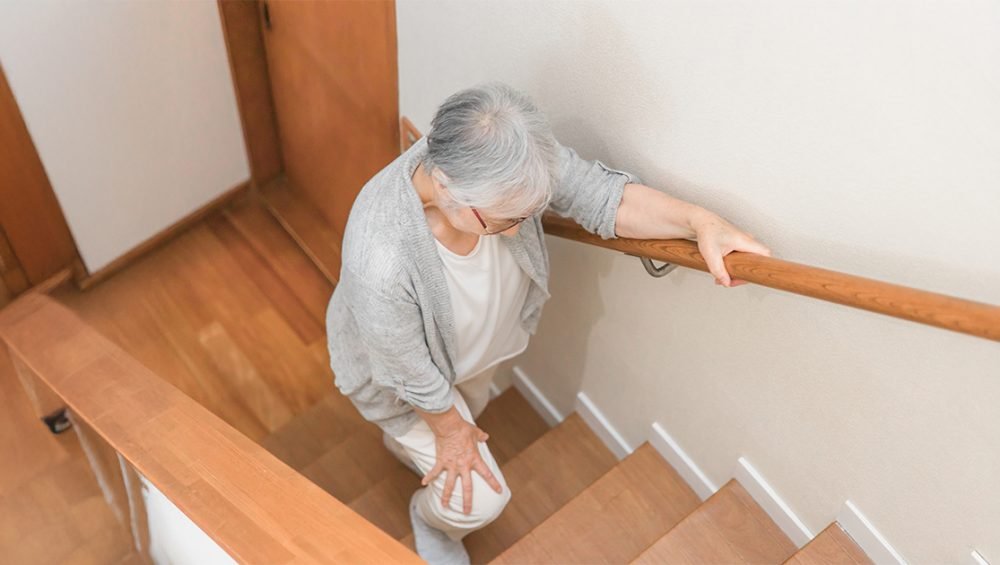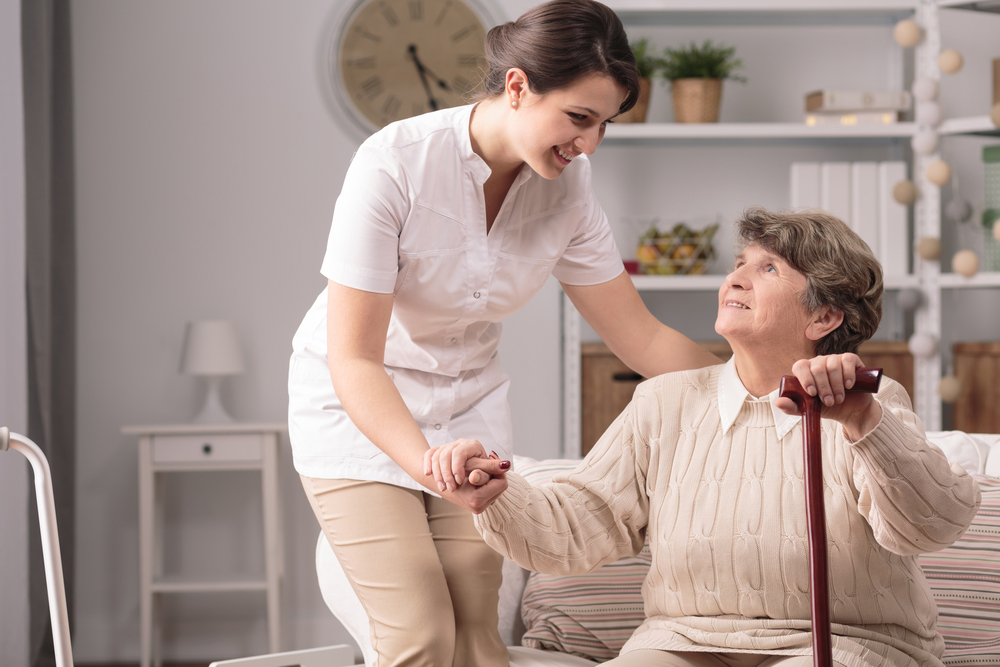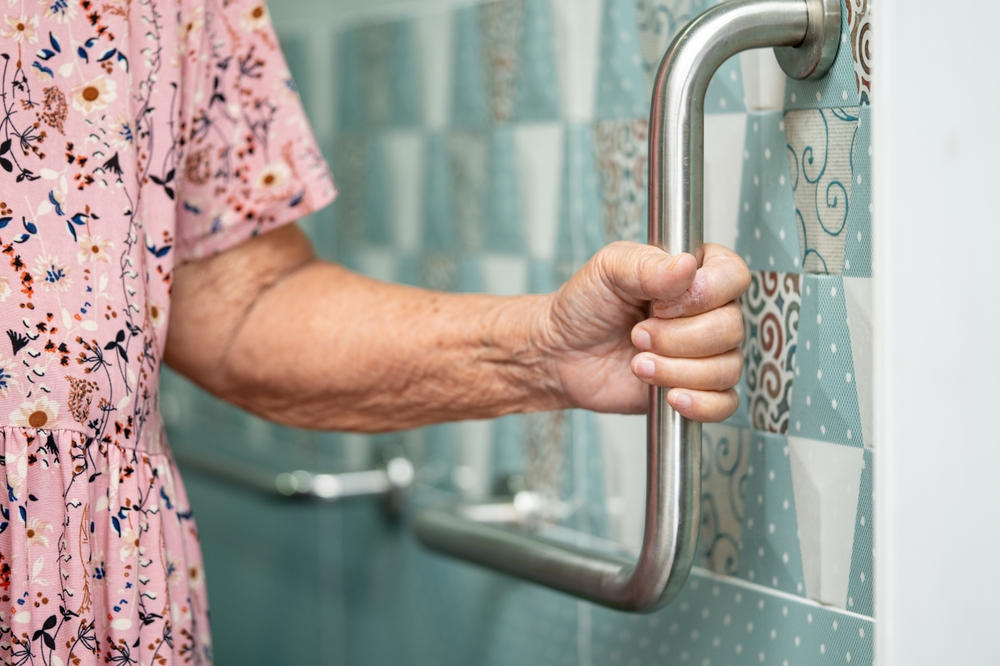Ensuring the safety of seniors at home is a priority for many families. As our loved ones age, creating a secure and comfortable living environment becomes crucial. This article will guide you on how to make a home safe for seniors, addressing various aspects of home safety to provide peace of mind for both seniors and their caregivers.

Understanding the Importance of Senior Home Safety
As we age, our physical abilities change, making us more susceptible to accidents and injuries. It is essential to understand the specific needs of seniors to effectively create a safe living space. This involves assessing potential hazards and implementing preventive measures to reduce the risk of accidents.
Conducting a Home Safety Assessment
Begin by conducting a comprehensive home safety assessment. This involves evaluating each room for potential risks and identifying areas that require safety enhancements. Consider factors such as lighting, furniture arrangement, and the presence of safety equipment like grab bars and handrails.
Living Room Safety
The living room is a central area of the home where seniors spend much of their time. Ensure that furniture is arranged to provide clear pathways, minimizing the risk of tripping. Secure rugs with non-slip pads and remove clutter to prevent falls.
Kitchen Precautions
The kitchen can pose several risks for seniors, including burns and cuts. Install smoke detectors and ensure they are functioning correctly. Keep frequently used items within reach to avoid the need for step stools or ladders. Consider installing automatic shut-off devices for appliances as an added safety measure.
Bathroom Safety Enhancements
Bathrooms are common sites for accidents among seniors. Install grab bars near the toilet and in the shower to provide support. Non-slip mats and a shower chair can also enhance safety. Consider a handheld shower head for easier bathing.
Technological Solutions for Senior Safety
Technology plays a crucial role in enhancing senior safety. Products such as fall detection systems and IoT sensors are transforming how we ensure the well-being of our elderly loved ones. Learn more about fall detection systems that respect privacy.
Smart Home Devices
Smart home technology can significantly improve safety for seniors. Devices such as smart lights and thermostats allow for remote control and automation, reducing the need for manual adjustments. Explore IoT sensors for daily life enhancements.
Emergency Response Systems
Emergency response systems provide an additional layer of security. These systems allow seniors to call for help easily in case of an emergency, ensuring timely assistance.
Outdoor Safety Considerations
Don’t forget to address outdoor areas. Ensure pathways are well-lit and free of obstacles. Install railings on steps and ramps for added support. Regular maintenance of the yard can prevent accidents due to uneven surfaces.
Securing Entryways
Ensure that all entryways are secure and accessible. Consider installing peepholes or video doorbells to enhance security. Automatic lighting at entrances can also deter intruders and provide visibility.
Engaging Seniors in Safety Planning
Involve seniors in the safety planning process. Their input is invaluable in identifying potential hazards and preferences for safety features. This collaborative approach fosters a sense of independence and empowerment.
Regular Safety Checks
Conduct regular safety checks to ensure that all systems are functioning correctly and that the home remains safe. This includes checking smoke detectors, replacing batteries, and inspecting the condition of safety equipment.
Conclusion
Creating a safe home environment for seniors requires attention to detail and a proactive approach. By implementing these strategies, families can ensure the well-being of their elderly loved ones, providing both safety and peace of mind. For further insights, consider visiting Aging in Place for additional resources.

FAQs
What are the most common hazards for seniors at home?
Common hazards include falls, burns, and cuts, often occurring in the bathroom and kitchen. Proper safety measures can mitigate these risks.
How can technology help in making a home safe for seniors?
Technology like smart home devices and fall detection systems enhance safety by providing automated controls and emergency alerts.
Why is it important to involve seniors in home safety planning?
Involving seniors ensures that their preferences and needs are considered, promoting independence and satisfaction with the safety measures implemented.
This article contains affiliate links. We may earn a commission at no extra cost to you.






